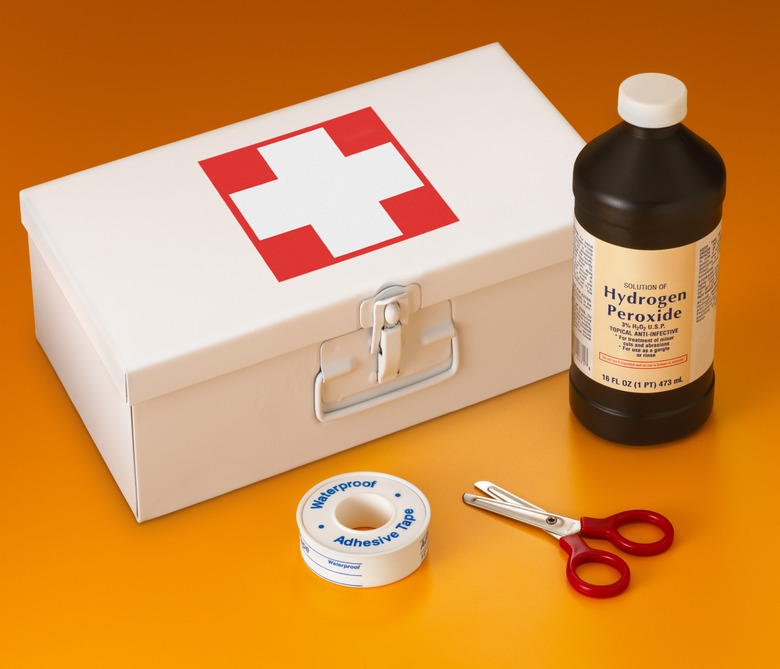What Happens To The Enzyme Activity If You Put In More Substrate?
Enzymes — proteins with the ability to catalyze biological reactions — have the amazing capability to work at mindboggling speeds. A few notable examples can process thousands of reactions every second. The speedy catalase reaction can even be seen with the naked eye — just add some enzyme to hydrogen peroxide, and the liquid will immediately begin to bubble. Does this mean, then, that every time substrate concentration is increased, the enzymes will react by boosting activity speed?
The Concept of Maximum Velocity
The Concept of Maximum Velocity
Many enzymes process tens or hundreds of reactions every second instead of thousands. Initially, a higher substrate concentration will increase enzyme activity, but when the enzymes become saturated, there is no further increase in processing activity no matter how much substrate is present. This point is called the maximum velocity — on an activity graph of velocity versus substrate concentration, the activity line levels off horizontally as it approaches maximum velocity. To recap, you can increase enzyme activity by boosting substrate concentration, but only up to the enzyme's maximum velocity.
References
- Worthington Biochemical Corporation: Introduction to Enzymes
- Pharmacy College Admission Test Review; Kaplan Publishing
Cite This Article
MLA
Mullis, Robert. "What Happens To The Enzyme Activity If You Put In More Substrate?" sciencing.com, https://www.sciencing.com/what-happens-to-the-enzyme-activity-if-you-put-in-more-substrate-12730907/. 22 November 2013.
APA
Mullis, Robert. (2013, November 22). What Happens To The Enzyme Activity If You Put In More Substrate?. sciencing.com. Retrieved from https://www.sciencing.com/what-happens-to-the-enzyme-activity-if-you-put-in-more-substrate-12730907/
Chicago
Mullis, Robert. What Happens To The Enzyme Activity If You Put In More Substrate? last modified March 24, 2022. https://www.sciencing.com/what-happens-to-the-enzyme-activity-if-you-put-in-more-substrate-12730907/
